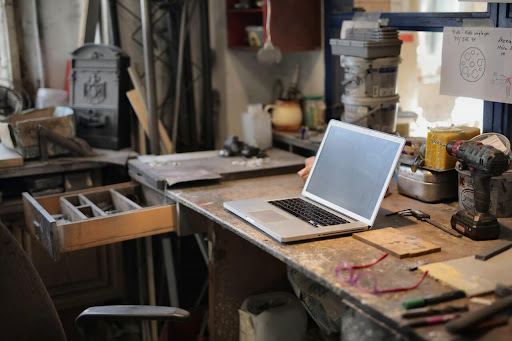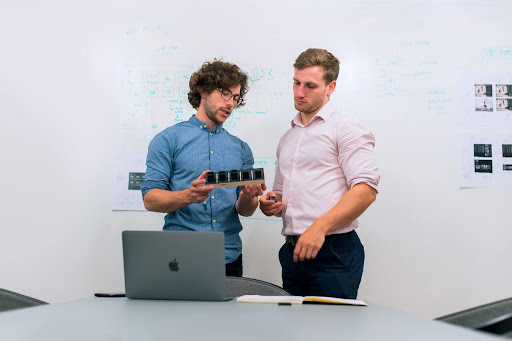Do you have an innovation idea up your sleeve, but are not sure about how to protect it? In this Article we will discuss 5 strategies that will help you understand what to do with a new product idea in order to get a patent.

First step of knowing what to do with a new product idea is to understand the patent filing timetable (in the UK and internationally)
Patent is a right which is granted by a government in its own territory. A patent granted in the UK will give its owner sole proprietorship only within the UK borders.
Remember – In order to truly protect your invention, it is important to get a patent in all the countries you are indenting to operate in! When you file in the UK the clock starts ticking and you have only 12 months to file in other countries or lose all rights to file abroad (allowing all competitors outside the UK to freely copy you)
It is also important to do all the proper work before filing (patentability search, market search to decide where to file etc.) and have an international filing strategy (PCT , national filings, EP filing etc.)
Prepare for paying all the filing, appealing and annuity fees.
During and after filing you will be required to pay all sorts of fees (not including the drafting costs). However, this does not end when the patent is finally granted.
Remember – A patent is enforced for 20 years (in the UK as in most other countries). The patent is valid as long as the owner keeps paying yearly/ periodically fees. Any lapses in these payments might make the patent non-enforced!
It is also important to know that most patent applications get rejected. Most applications that are finally granted, become so after a long appealing process that can take up to several years and usually requires more payments to the patent office and your patent attorney.
Conduct a patentability search to know whether your invention exists
The UK’s patent laws (as most patent laws in the world) stipulates that a patentable invention must be new –
“… (1) An invention shall be taken to be new if it does not form part of the state of the art.
(2) The state of the art in the case of an invention shall be taken to comprise all matter (whether a product, a process, information about either, or anything else) which has at any time before the priority date of that invention been made available to the public (whether in the United Kingdom or elsewhere) by written or oral description, by use or in any other way….”
I.e if there is any public disclosure (in or outside the UK) prior to filing, the application will not be approved.
Another stipulation is an inventive step:
“…An invention shall be taken to involve an inventive step if it is not obvious to a person skilled in the art…”
I.e. your invention can rely on previous technologies but it must also contain a fundamental new feature not obvious to experts in the invention’s field
Remember – The patent examiner will conduct a thorough search using non-free tools/ databases (patents, applications, products, articles, books etc.). If he finds any kind of publication describing the whole invention, major parts of it (identical or similar) he will conclude your invention is not new and/ or not lacking “an inventive step” and will not grant a patent!
It is important to conduct a patentability search that imitates the patent examination process – A search done by experts using similar tools and methods as the patent examiner. Such a search (that is by far the cheapest stage in the process) will help you find any relevant prior art beforehand, allowing you to optimize your patent application claims (see below) thus improving the chances of getting a patent.

What to do with a new idea product next is to be sure your invention is applicable, and the application is complete
You can get a patent on an idea, i.e an invention which is still in the concept stage (you don’t have to build a physical working product/ tech) however there are 2 stipulations:
“…The specification of an application shall disclose the invention in a manner which is clear enough and complete enough for the invention to be performed by a person skilled in the art…”
I.e the invention must be explained in a way that will allow a skilled professional to build the invention according to the patent application. The most important part in the application are the claims – a description of the element having an “inventive step” on which the patent will protect.
“…it is capable of industrial application;…”
I.e it is either completely or partly technological/ tangible. According to this you can’t get a patent on:
“…anything which consists of – (a) a discovery, scientific theory or mathematical method; (b) a literary, dramatic, musical or artistic work or any other aesthetic creation whatsoever; (c) a scheme, rule or method for performing a mental act, playing a game or doing business, or a program for a computer; (d) the presentation of information;…”
Remember: A patent only protects the invention as described in the claims. To build a product based on that invention you might need to use known free or patent protected techs.
If you intend to build and market the invention It is important to first conduct a freedom to operate search in order to avoid infringing existing patents and be exposed to lawsuits.
Getting a patent takes a lot of technological and legal know how and experience
There is no law enforcing you to conduct the patentability process by yourself (search, draft, file appeal etc.) however it is highly advisable (by most experts and patent offices around the world) to use professionals such as patent searchers, patent attorneys and patent agents.
Remember – If you rely only on self-search using free patent databases you risk missing publications that can get your application rejected – wasting a lot of time and money.
It is also important to be familiar with filing/drafting procedures/requirements in each country you intend to file in. Even the slightest technical error can get your application irreversibly rejected ruining any chance of getting a proper patent protection in the future
Now you know what to do with a new product idea and how to patent an idea in the UK.
Good luck!